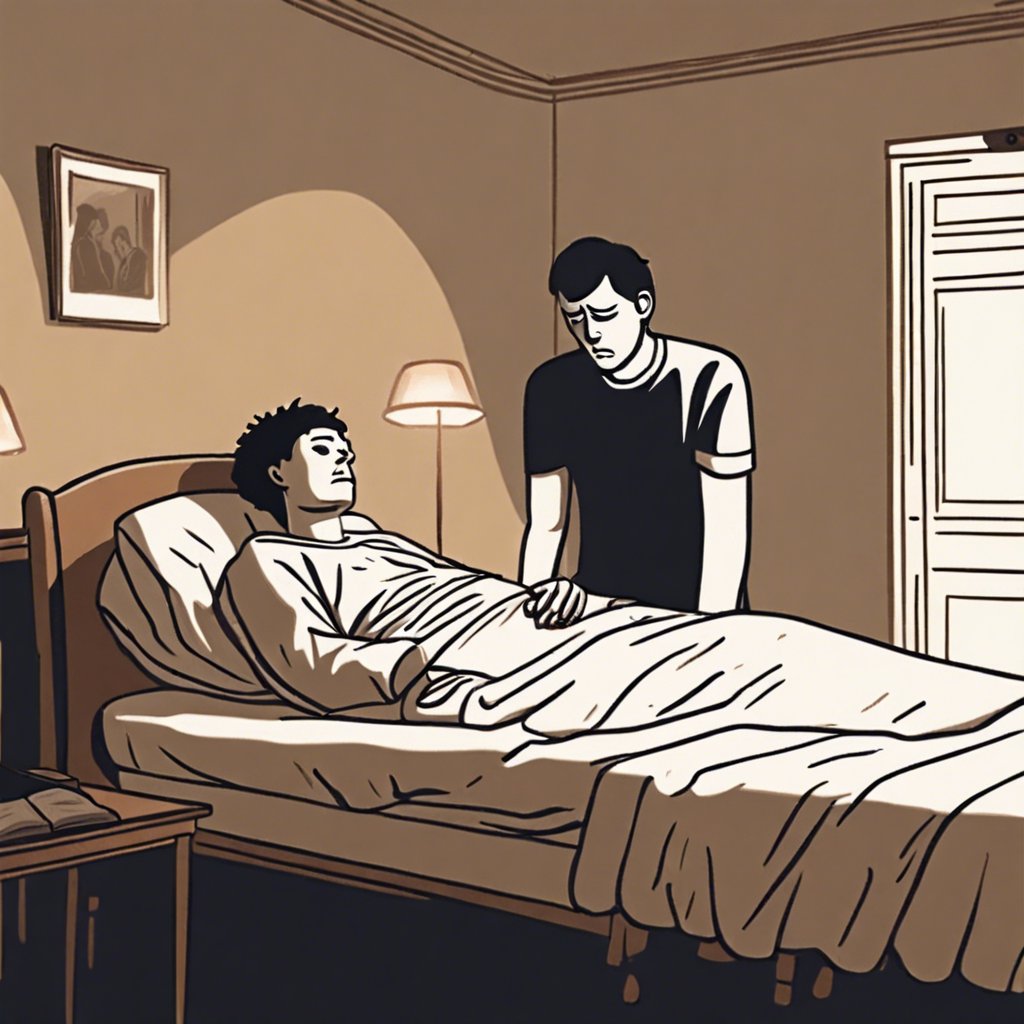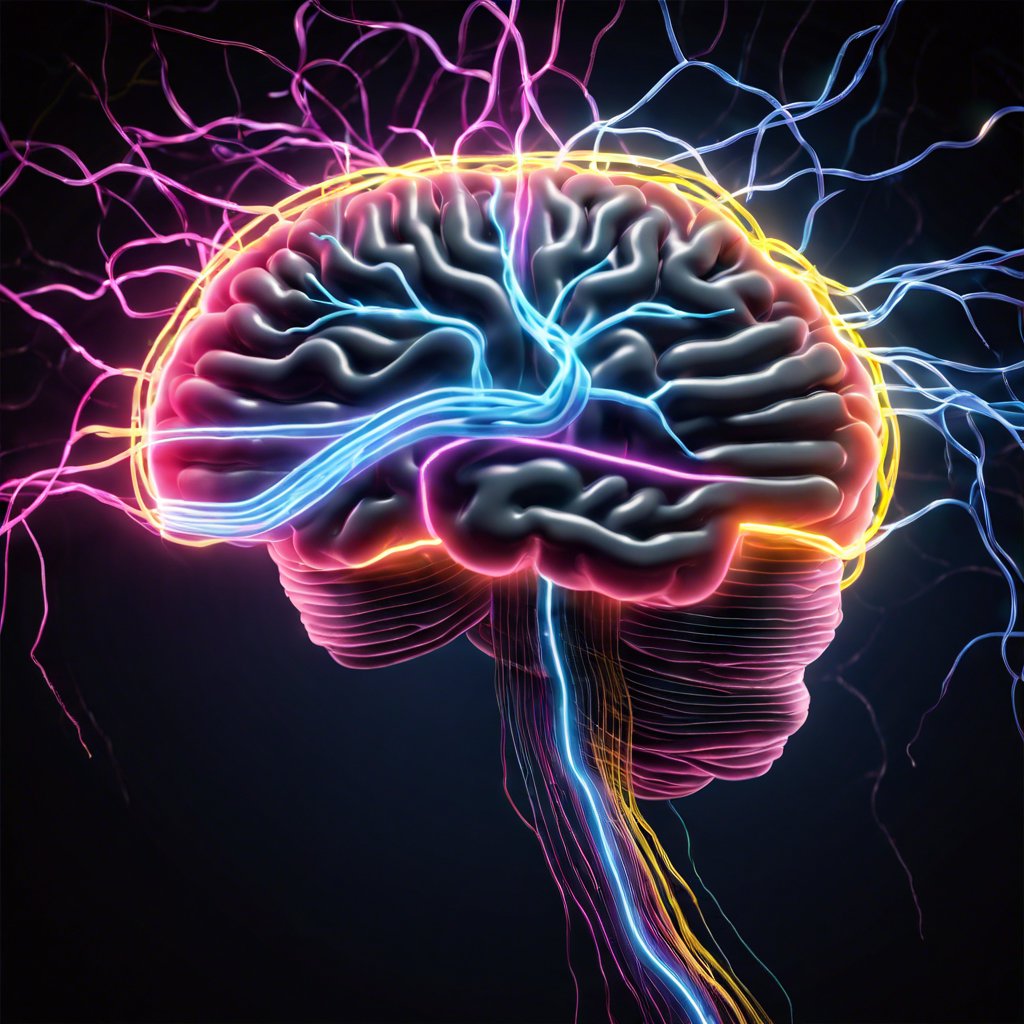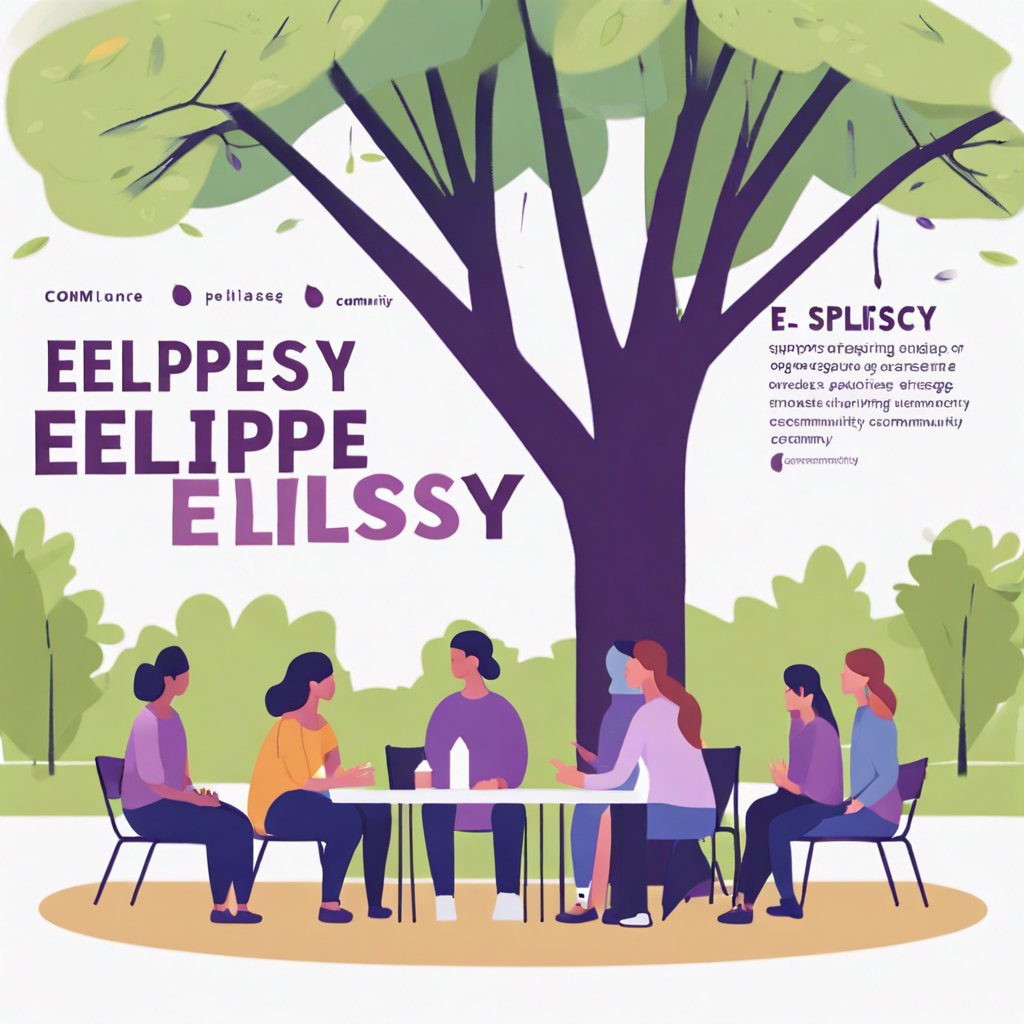A Frightening Encounter in the Kitchen
“I’m feeling a little stroke-y,” the 33-year-old woman confessed to her friend Clare as they stood in the cozy warmth of her kitchen, skillfully assembling homemade pizzas one evening. Clare paused, her hands busy stretching the dough, and looked up, concerned. The woman’s words came out slurred, and for a moment, Clare froze, knife in hand, sensing something was wrong. Suddenly, the woman’s body stiffened, and she began to teeter. Clare instinctively caught her, gently lowering her rigid form to the floor. The woman’s complexion turned a ghastly gray, her eyes wide open but devoid of recognition. Panic surged through Clare as she crouched beside her friend, paralyzed by fear and uncertainty about what to do. After what felt like an eternity, though it was likely less than a minute, the woman blinked and gasped for air. Color gradually returned to her face. Clare felt tears of relief welling in her eyes.
“What was that?” Clare demanded, her voice trembling.
“I don’t know,” her friend replied slowly, still appearing somewhat dazed. “I think it was a seizure.”
More than a decade had passed since the young woman received a diagnosis of epilepsy. However, she had experienced these peculiar episodes, which her doctors had labeled seizures, for many years prior. They always followed a similar pattern: she would be abruptly struck by an intense feeling of déjà vu, accompanied by an overwhelming sense of impending doom and the disorienting sensation of falling, reminiscent of an elevator plummeting through the air. Occasionally, she’d detect an unusual chemical odor. Throughout these experiences, she remained conscious, fully aware of her surroundings, though at times she struggled to articulate her thoughts. Then, just as swiftly as it began, it would end. Each episode lasted less than a minute.
Initially, she believed these episodes were mere panic attacks until one occurred while she was at work.
During a swimming class she was teaching, she suddenly halted mid-sentence, standing frozen for approximately 30 seconds. A fellow instructor, witnessing the incident, firmly stated, “That was definitely not a panic attack.” This prompted her to schedule an appointment with her primary care physician in Vancouver, British Columbia, where she resided. The doctor referred her to a neurologist, and an EEG revealed slower electrical activity in her left temporal lobe. A subsequent brain scan yielded no conclusive results, leading to the initiation of anti-seizure medication. Despite this diagnosis, life continued as usual. She engaged in her favorite activities: hockey, hiking, climbing, and the open-water swimming she cherished.
Every so often, perhaps two or three times a year, especially during periods of extreme fatigue, stress, or when she skipped meals, she would find herself back in that déjà vu and free-fall moment. However, she never lost consciousness—until two years ago.
While spending time with her mother, the unsettling déjà vu and dread resurfaced, causing her to abruptly stop talking and slide off her chair. She regained awareness almost instantly. Concerned, her mother rushed her to the emergency department at Vancouver General Hospital. The medical team conducted several examinations but found no apparent issues. They were baffled by what had transpired but concluded that she seemed to be okay.
A few months later, while sitting at her desk at work, the all-too-familiar déjà vu and dread enveloped her once more. The next thing she knew, she was sprawled on the floor, her cheek stinging from a rug burn. In the following days, she received a call from her workplace. The security cameras had captured footage that she needed to see. Nervously, she sat in the security office, watching herself on the screen. She observed herself at her desk, then going entirely limp, sliding from her chair to the floor. After about 15 seconds, her body jerked, and then, once again, she fell still. Finally, after another 15 seconds or so, she saw her body begin to stir. Slowly, she sat up, her movements tentative, as if she were recovering from an intense episode of weakness or disorientation. Watching this unfold, fear gripped her heart. She promptly called her neurologist, her voice filled with urgency. “Something bad happened,” she insisted to the nurse. Following this alarming episode, her neurologist increased her anti-seizure medication and referred her to the Epilepsy Clinic at Vancouver General Hospital.















